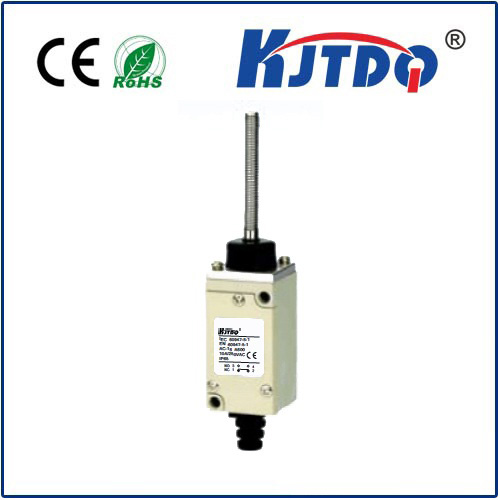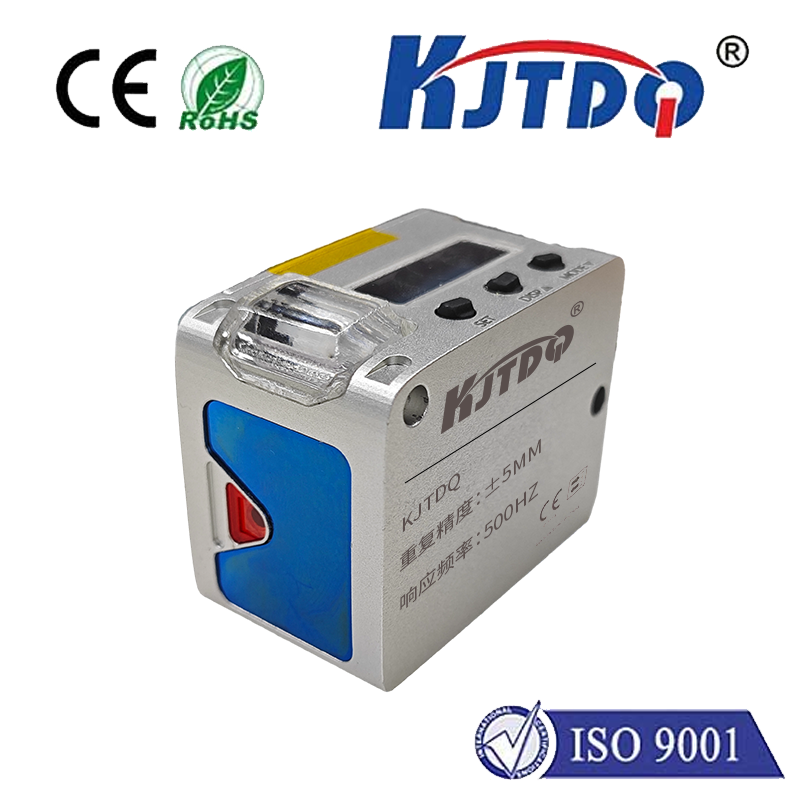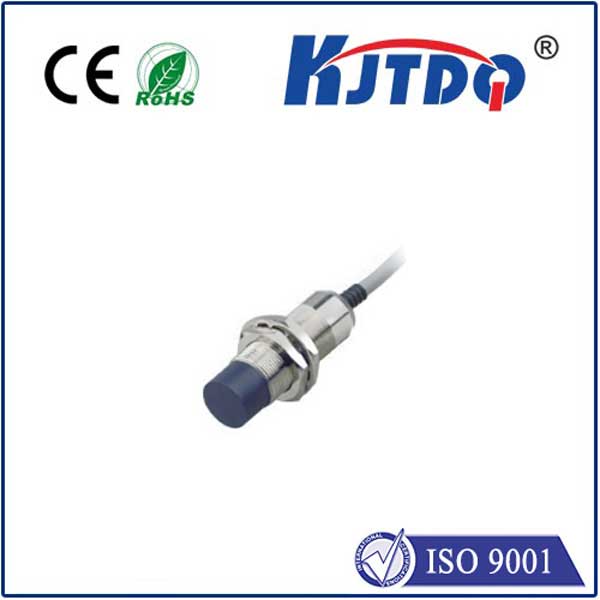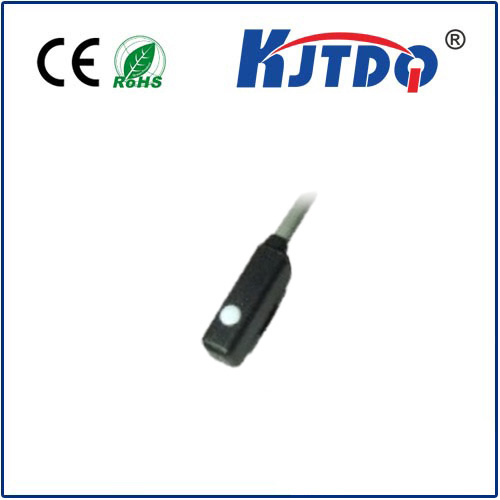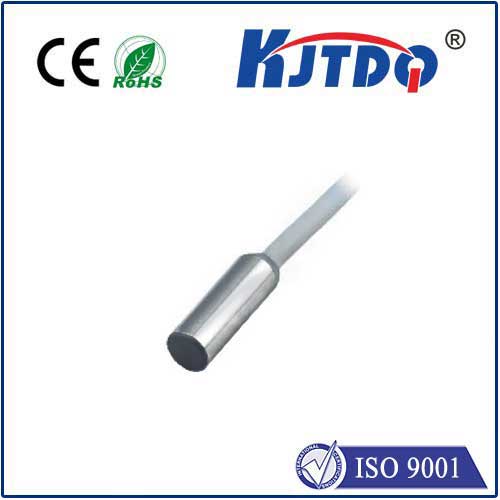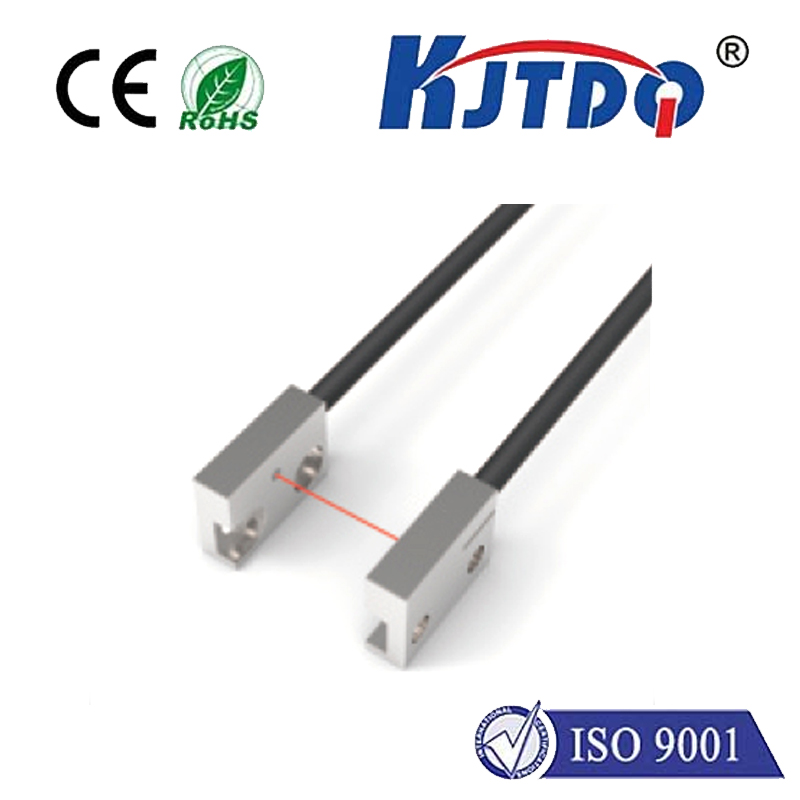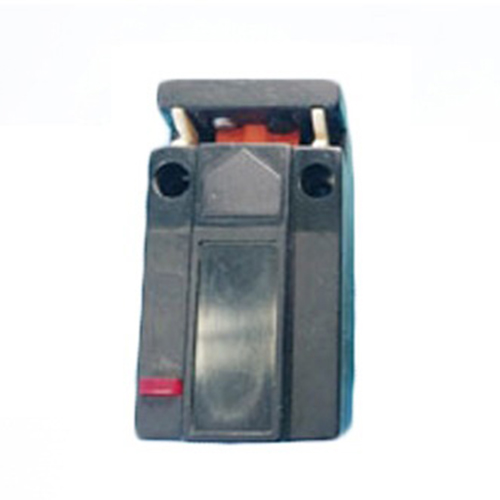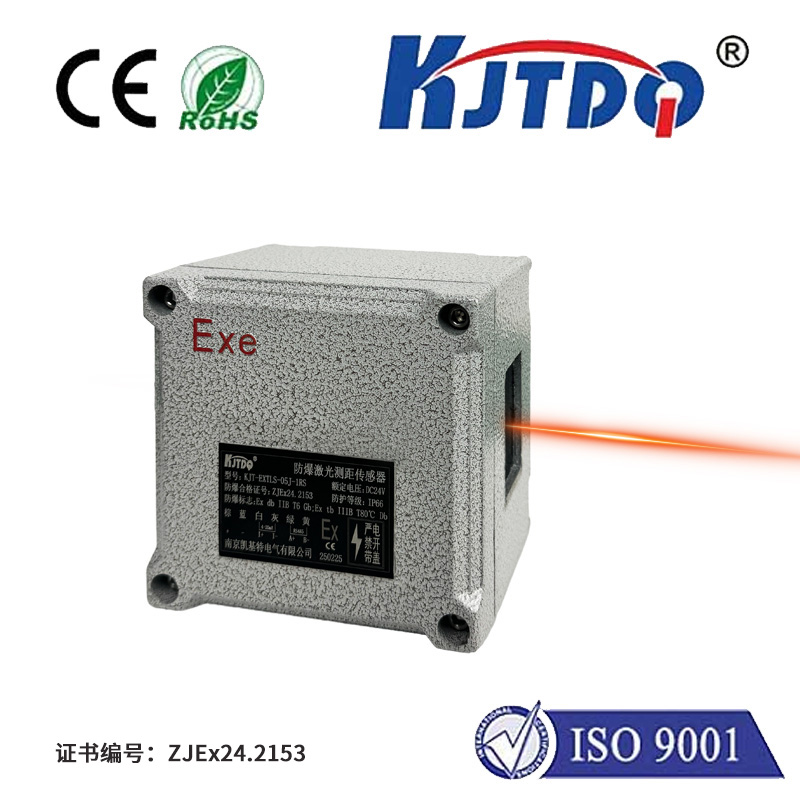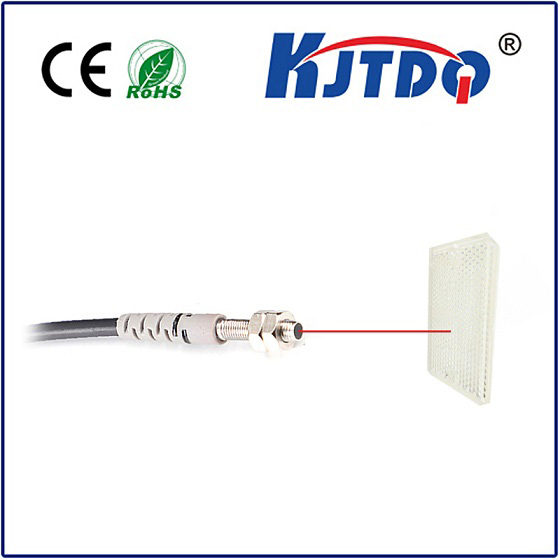Магнитный ограничитель
- time:2025-08-04 09:34:35
- Нажмите:0
Magnetic Limit Switch: The Unseen Guardian of Precise Positioning and Safety
Imagine a critical machine component moving silently along its path. How does it know exactly when to stop, reverse, or trigger the next action reliably, millions of times over, even in challenging environments? The answer often lies in an unassuming yet remarkably robust device: the Magnetic Limit Switch.
Beyond simple on/off functionality, magnetic limit switches represent a sophisticated interplay of physics and engineering, providing highly dependable position sensing and safety interlocks where mechanical switches might falter. They are fundamental building blocks in automation, material handling, and countless industrial processes where precision, longevity, and resilience are non-negotiable.
The Core Principle: Magnetism Meets Precision
At its heart, a magnetic limit switch operates on a beautifully simple contactless principle:

- The Magnet: A permanent magnet, typically housed within a moving element like a cylinder piston rod, door panel, actuator arm, or slide carriage. This magnet is the moving “trigger.”
- The Reed Switch Assembly: A stationary assembly containing one or more hermetically sealed reed switches – tiny, magnetically sensitive electrical contacts encapsulated in a protective glass tube filled with inert gas. This assembly also includes necessary wiring terminals and is mounted securely along the path of the magnet’s travel.
- Contactless Actuation: As the magnet approaches the reed switch assembly, its magnetic field penetrates the glass tube. This field causes the thin, ferromagnetic reeds inside the switch to flex and either pull together (Normally Open switch closing) or push apart (Normally Closed switch opening), changing the electrical state – all without any physical contact.
Why Choose Magnetic? Unpacking the Compelling Advantages
Compared to traditional mechanical lever-arm limit switches, magnetic limit switches offer a suite of powerful benefits:
- Exceptional Durability & Long Life: The complete absence of physical contact points is revolutionary. There are no levers to bend, no springs to fatigue, and no contacts to wear out from arcing or friction. This translates to an operational life often measured in millions of cycles, significantly reducing downtime and maintenance costs. They are built for the long haul.
- High Reliability in Harsh Conditions: The hermetically sealed nature of the reed switch makes them inherently resistant to dust, dirt, moisture, oils, and corrosive atmospheres. They are perfectly suited for washdown environments (food & beverage, pharmaceuticals), foundries, outdoor machinery, and any application prone to contamination that would jam or damage mechanical switches.
- Precise, Repeatable Switching: Magnetic actuation provides very consistent switching points. Once calibrated, the switch point remains stable over its lifetime, ensuring reliable machine operation and process control.
- Vibration and Shock Resistance: Without fragile mechanical linkages, magnetic switches are far less susceptible to damage or false triggering from vibration and shock loads common in industrial settings.
- Compact Design & Flexible Installation: The physical separation between the magnet and the switch assembly allows for incredibly compact sensor designs. The switch itself can often be mounted externally to moving parts or sealed compartments via just a thin non-magnetic barrier (like stainless steel or aluminum), simplifying installation and protecting sensitive electronics. This is known as non-invasive sensing.
- Speed: Reed switches react extremely quickly to magnetic fields, enabling detection at high speeds where mechanical switches might struggle.
- Intrinsic Safety Potential: The low power requirements and sealed nature make certain magnetic switch configurations suitable for use in potentially explosive atmospheres (when certified appropriately).
Where Do Magnetic Limit Switches Shine? Diverse Applications
The unique advantages of magnetic positioning translate into widespread adoption across industries:
- Промышленная автоматизация: Precisely controlling the stroke limits of pneumatic and hydraulic cylinders is perhaps the most common application. They signal when a cylinder is fully extended or retracted, controlling sequencing.
- Перевозка материалов: Used on conveyors, lifts, cranes, and automated guided vehicles (AGVs) to detect pallet presence, end-of-travel limits, and door/hatch positions. Safety interlocks on access doors and guards are critical here.
- Valve Position Feedback: Confirming if valves (ball, gate, butterfly) are fully open or closed, ensuring proper process control.
- Mobile Machinery: Monitoring positions on excavator booms, loader arms, dump truck beds, and agricultural equipment, where dust, mud, and vibration are constant challenges.
- Building Automation: Sensing door and window positions for security systems or HVAC control. Elevator car positioning and door safety.
- Medical Equipment: Position sensing in imaging devices, patient tables, and automated lab equipment requiring cleanliness and reliability.
- Safety Interlocks: Vital for preventing machine operation when guards are open or access doors are ajar. Magnetic safety interlock switches are specifically designed and certified for these critical safety functions (e.g., to SIL or PL standards).
Key Considerations: Choosing the Right Magnetic Switch
Selecting the optimal Магнитный ограничитель requires attention to several factors:
- Voltage/Current Ratings: Ensure compatibility with your control circuit (e.g., 24VDC, 120VAC, etc.) and sufficient switching capacity for the load.
- Switching Function: Normally Open (NO), Normally Closed (NC), or Changeover (SPDT) contacts? What state is needed when the magnet is present?
- Housing Material & Protection Rating: Choose materials (e.g., stainless steel, nickel-plated brass, engineering plastics) and IP ratings (e.g., IP65, IP67, IP69K) suitable for the environmental conditions (chemicals, temperature, pressure washing).
- Operating Temperature Range: Ensure the switch functions reliably within your application’s min/max temperatures.
- Magnetic Sensitivity & Switching Distance: The required distance between the magnet and sensor at the point of actuation. Consider magnet strength and possible shielding effects of metals in the mounting area.
- Safety Certifications: For safety interlocks, mandatory certifications like ISO 13849 (PL), IEC 61508 (SIL), UL, or CE mark specific to safety devices are essential.
Maximizing Performance: Installation Best Practices
- Alignment: Precisely align the magnet’s travel path with the sensing face of the switch assembly for reliable actuation.
- Mounting: Securely mount both components to prevent vibration-induced movement.
- Gap Distance: Maintain the specified gap distance between magnet and sensor; exceeding it can cause failure to actuate.
- External Magnetic Fields: Be aware of potential interference from strong nearby magnets or electromagnets which could cause unintended switching.
The Indispensable Guardian
From ensuring the smooth, automated flow of a production line to guaranteeing the safety of personnel operating heavy machinery, the Магнитный ограничитель operates silently and reliably in the background. Its contactless design, born from the fundamental force of magnetism, provides a level of durability, precision, and environmental resistance that mechanical alternatives simply cannot match consistently. Understanding its operating principle, key benefits, and diverse applications empowers engineers and technicians to specify and implement these robust sensors effectively. When reliability over countless cycles in demanding conditions is paramount, the magnetic limit switch stands as an indispensable guardian of position, control, and safety.

